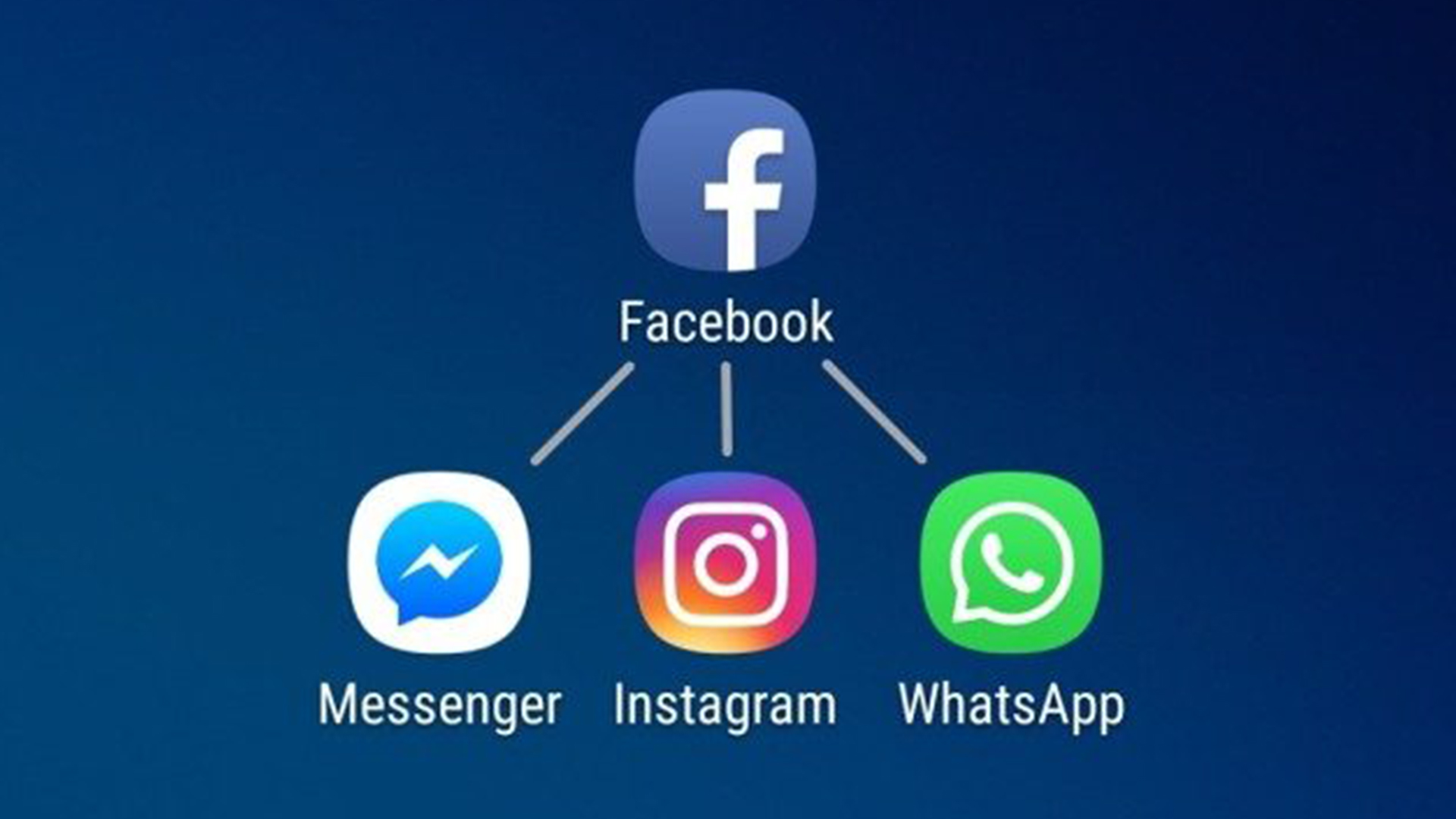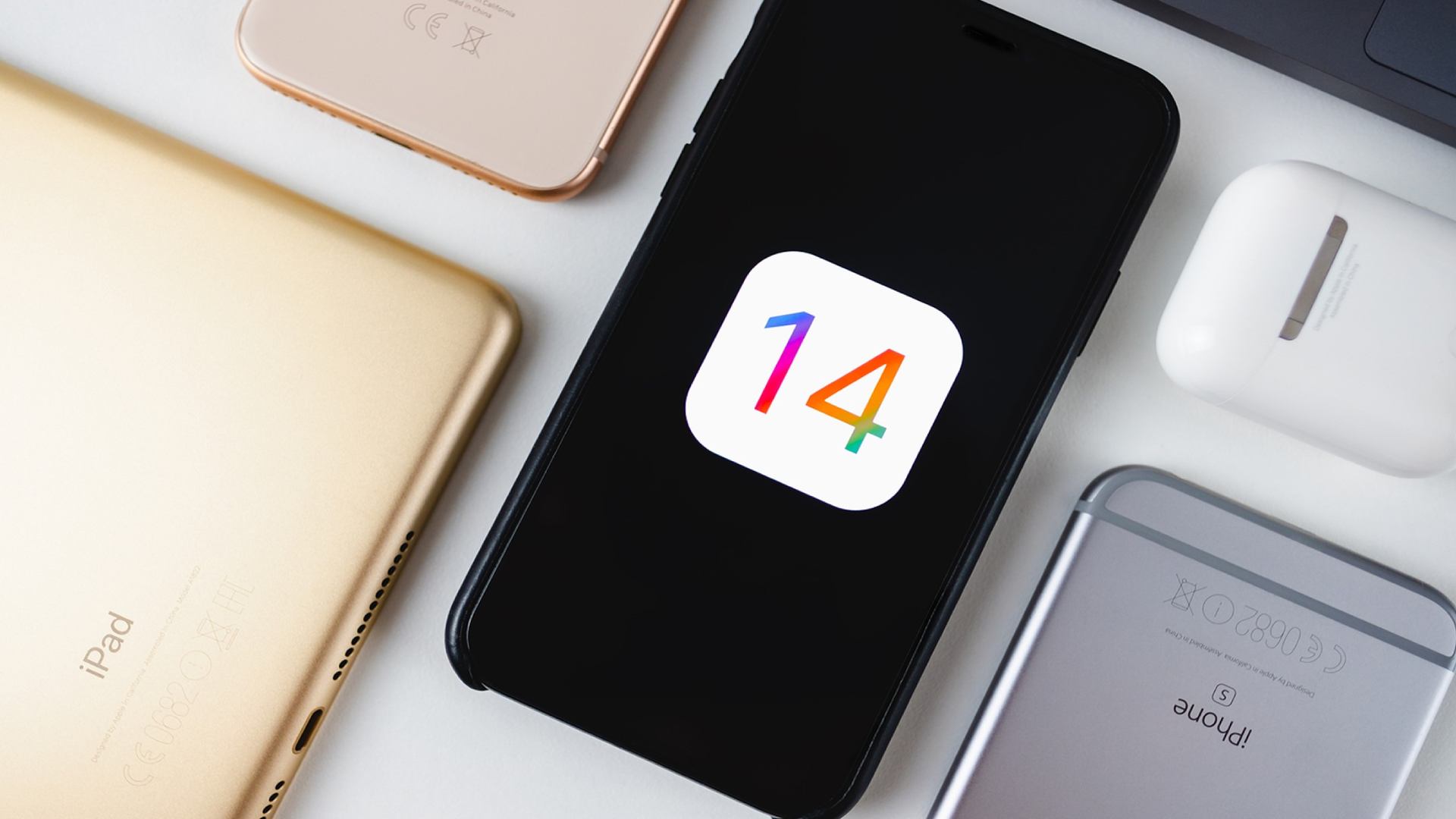
At the end of last year, we identified mobile-first indexing as one of the key SEO trends that would continue to grow in 2018 and, just over three months ago, Google announced they’d be moving to mobile-first indexing to help determine rankings. In late April, Google started sending notifications to webmasters indicating their sites had been ‘enabled’ for mobile-first indexing, meaning anyone whose mobile site isn’t already optimised will only fall further behind. In this blog post, we’ll go over the basics of mobile-first indexing, and offer some tips on how to optimise your site so you aren’t negatively affected by this change.
What is mobile-first indexing?
Essentially, mobile-first indexing means Google will start prioritising the mobile versions of websites when indexing them for search rankings. Up until earlier this year, Google based search results on a desktop-first indexing, meaning they first crawled the desktop versions of sites and gave these higher priority in rankings. Now, due to a great increase in mobile searches, Google has moved to this new system which considers the mobile version of a site to be the primary version.
Over the past few months, if your site has seen significant changes in its ranking which haven’t been influenced by SEO activities or other factors, it’s possible your ranking has changed on account of your mobile website. Websites with better mobile versions will now generally be higher in search rankings than they were before, while sites with poor mobile versions will see a drop in their ranking.
How can I optimise my site for mobile-first indexing?
The first thing we need to mention is: make sure you have a mobile version of your site! Whether it’s a mobile-responsive site based on the screen size of the device visiting, or a clone of your desktop site on a subdomain, just having a mobile version of your site in any form is much better than not having one – something some businesses still don’t understand.
If you already have a separate mobile site, you can make sure it’s optimised for mobile-first indexing by firstly checking it has all the content your desktop site does – in crawlable and indexable formats – and that titles and meta descriptions are appearing as normal for every mobile page. Make sure your structured data, social metadata, and XML and media sitemaps are also optimised on your mobile site – these are important to make sure you get the desired result when crawled.
As Google leans more and more on crawling mobile sites, the crawl rate on your mobile site will increase over time, meaning your host servers will have to adapt to withstand this higher rate to minimise the chance of crashes occurring. Large image files may have to be compressed, as these are a common cause of crashes. Likewise, if your approach to ads on your mobile site is causing speed or crashing problems, then you will likely need to rethink the way you’re using advertising.
How urgently do I need to think about mobile-first indexing?
Google are taking a gradual approach to mobile-first indexing, meaning it’ll be some time before rankings are entirely decided by the mobile version of your site. In the meantime, mobile sites should still be prioritised, alongside good SEO practices which are still vital to maximising your search ranking. Despite Google’s changes, Search Engine Optimisation remains a powerful tool, so get in contact with Pure SEO today and get a free SEO consultation for your business!

















